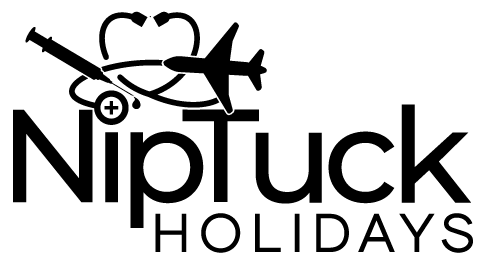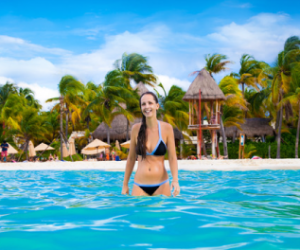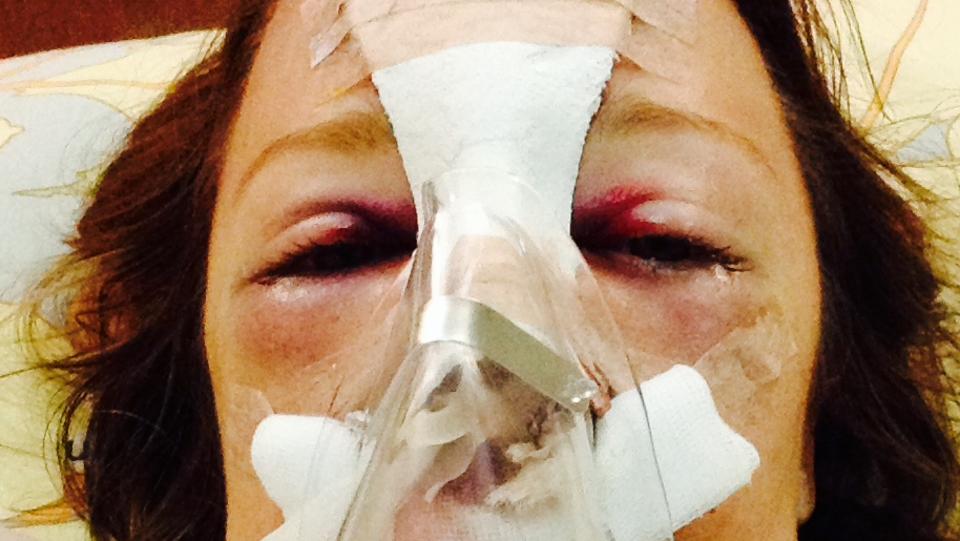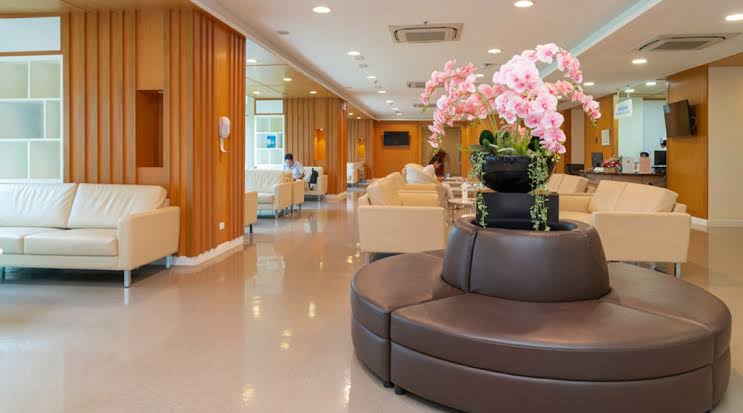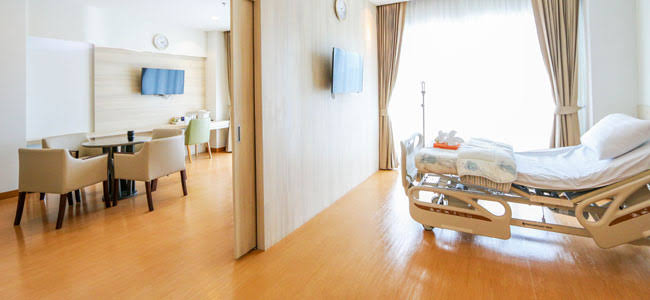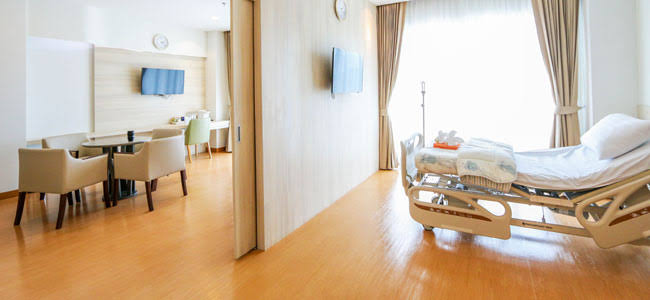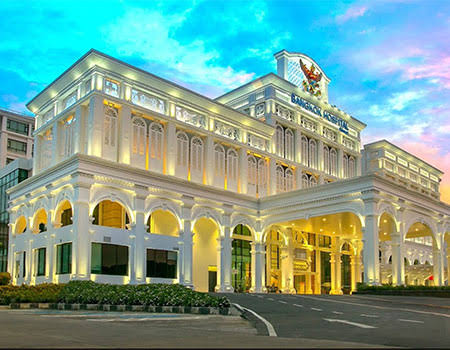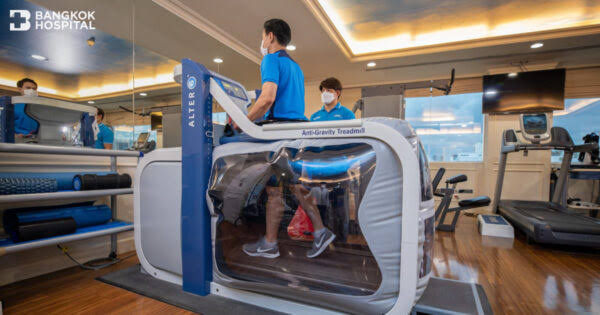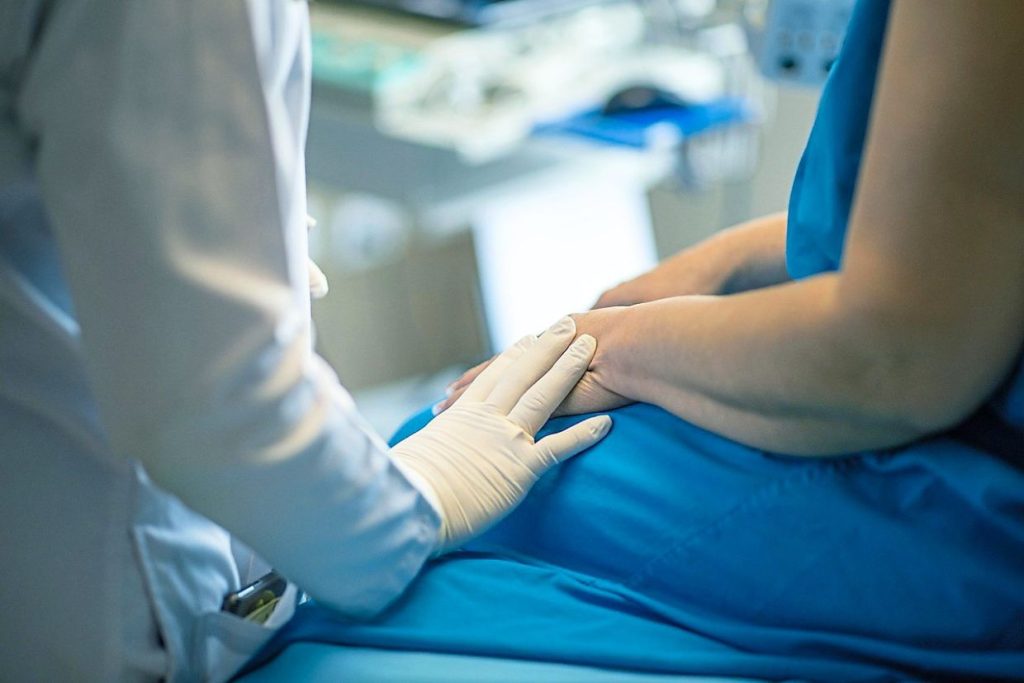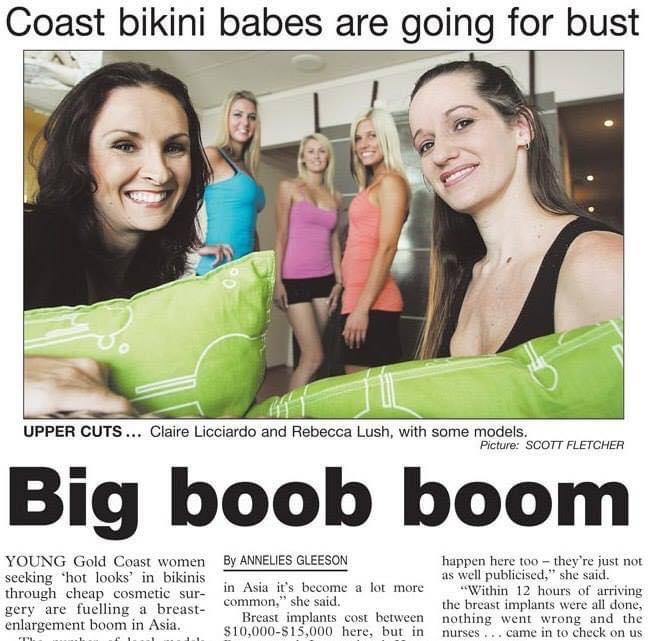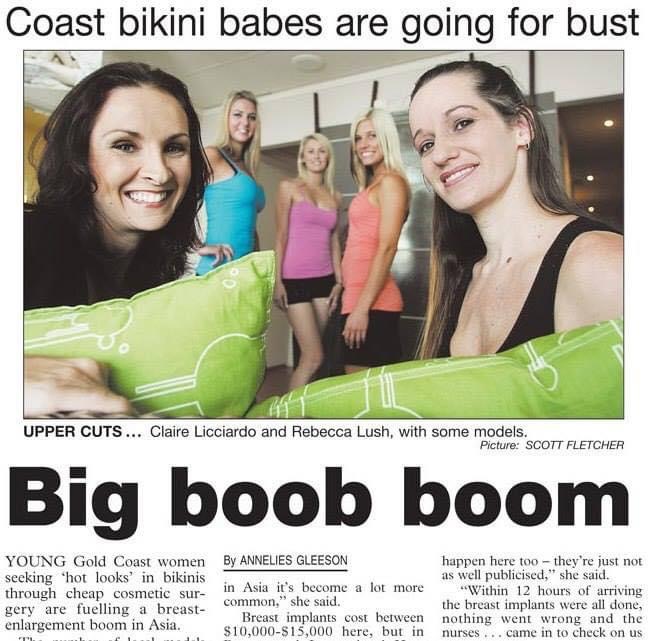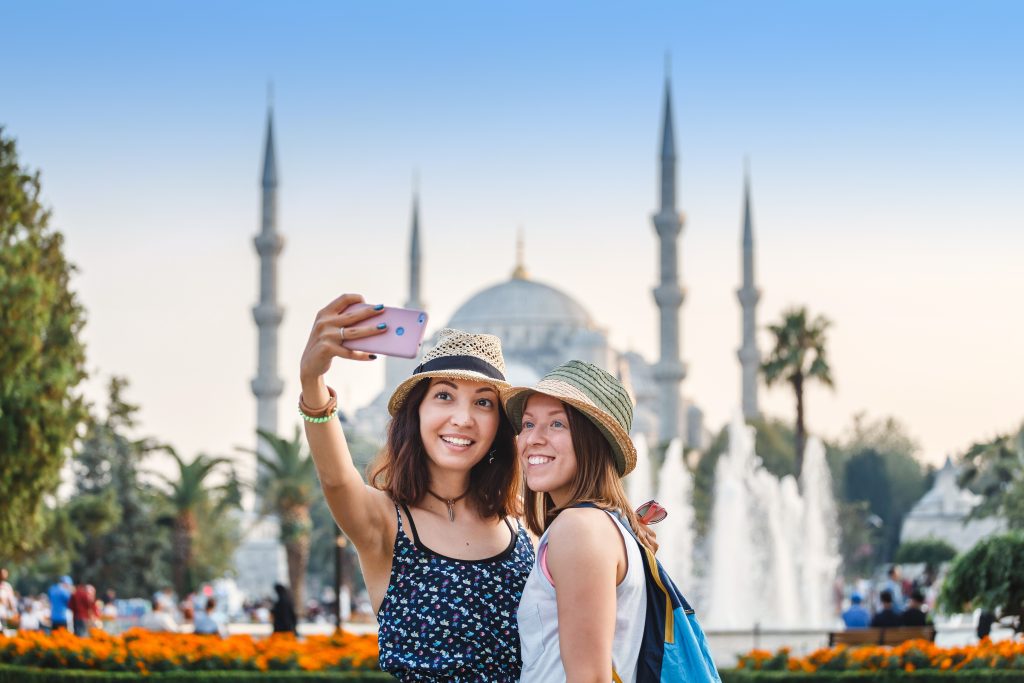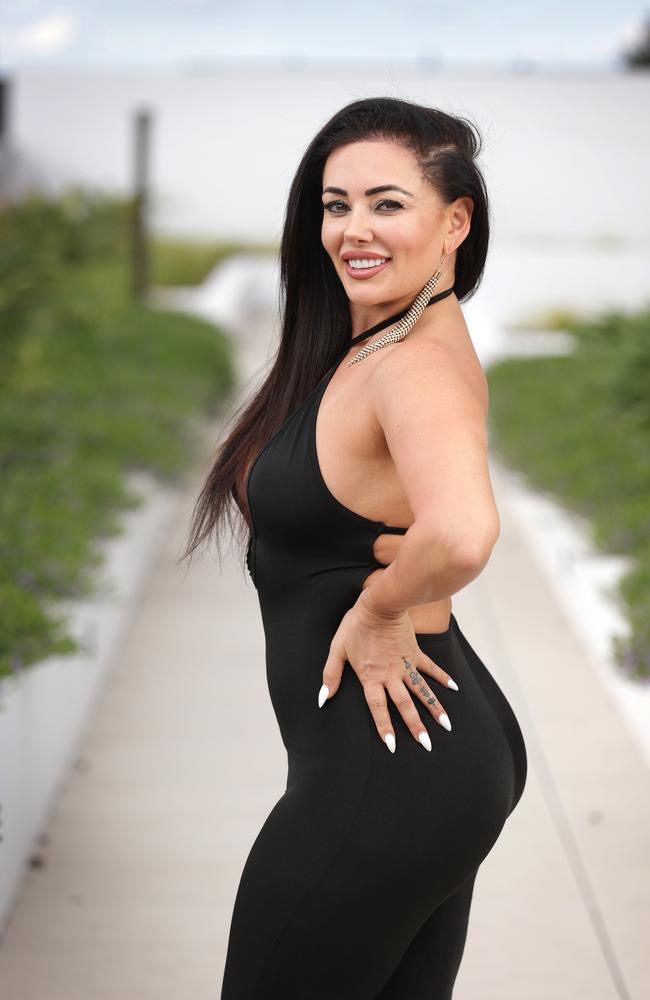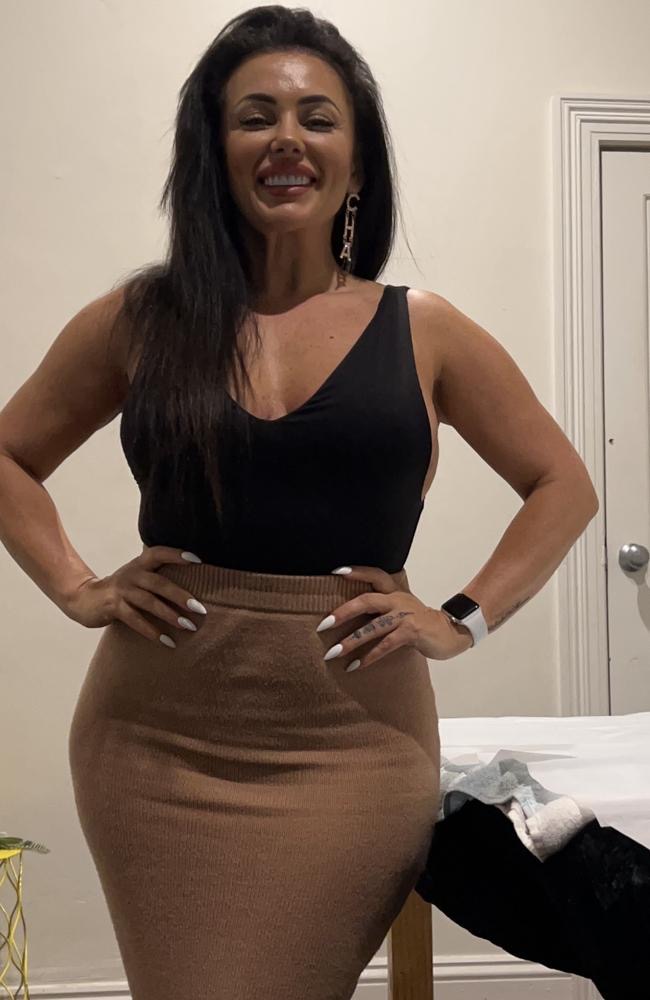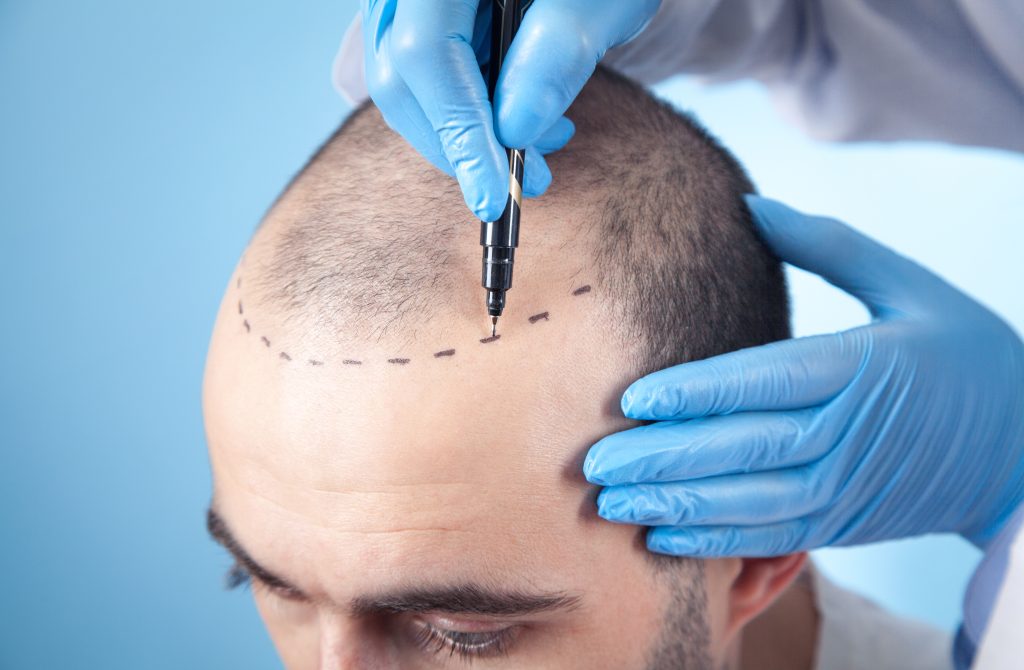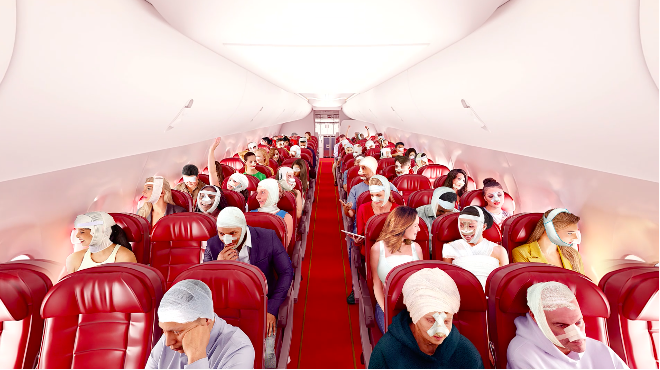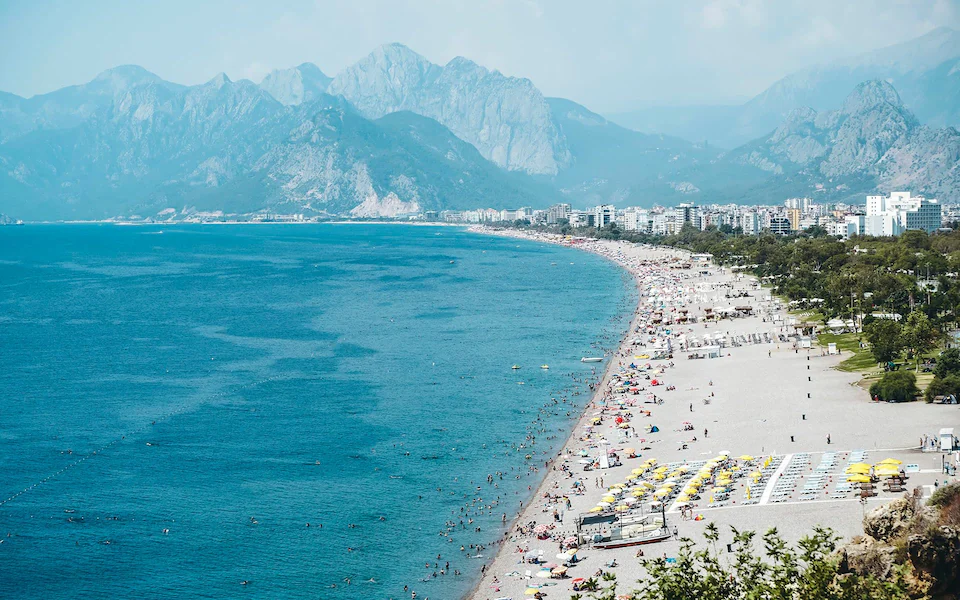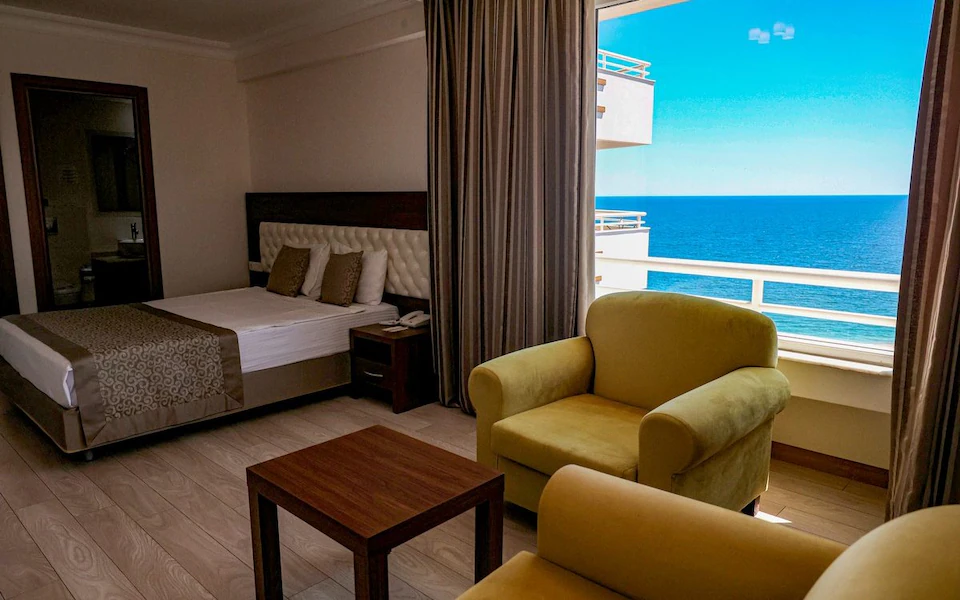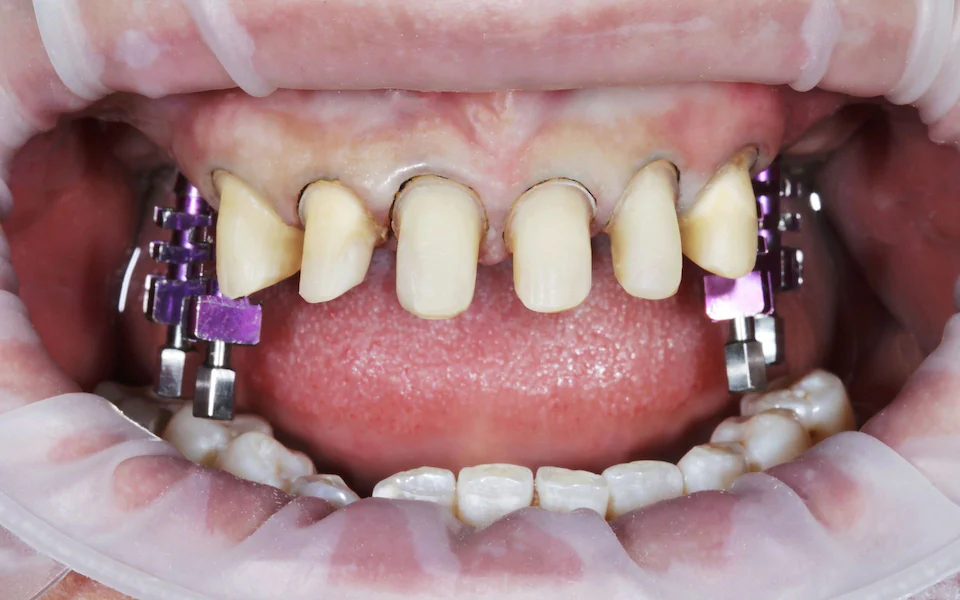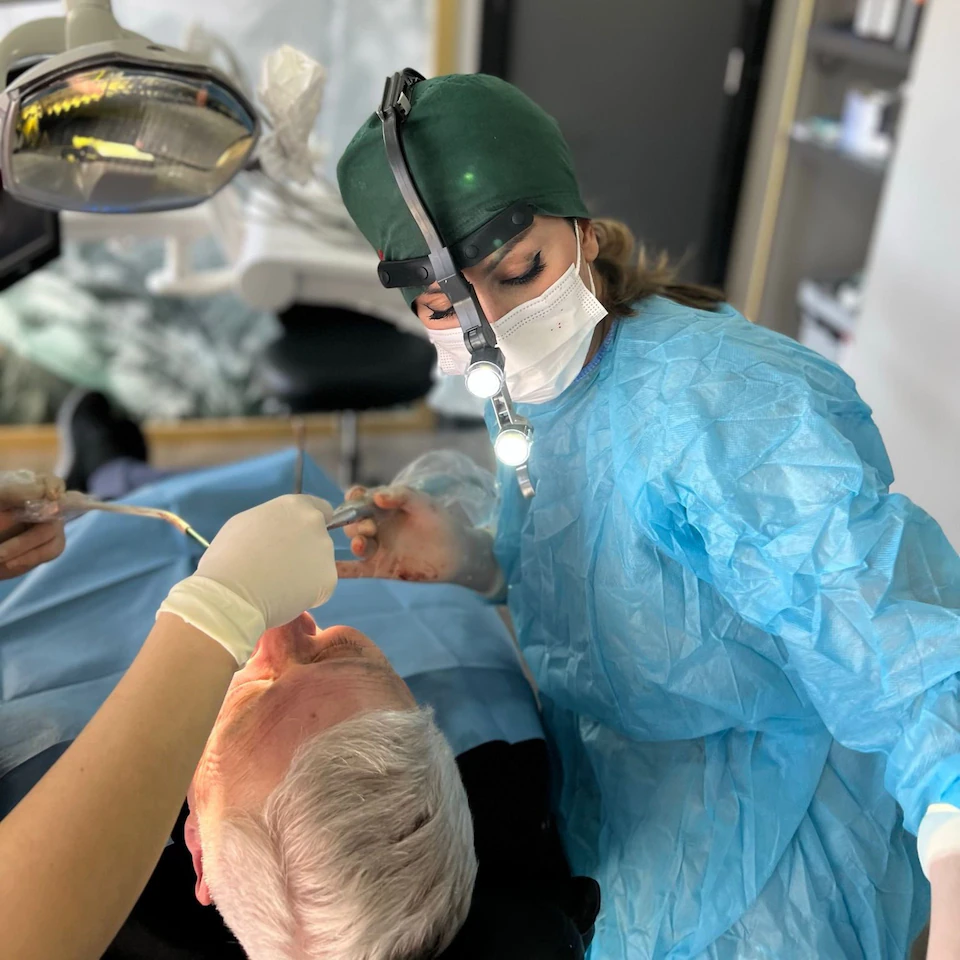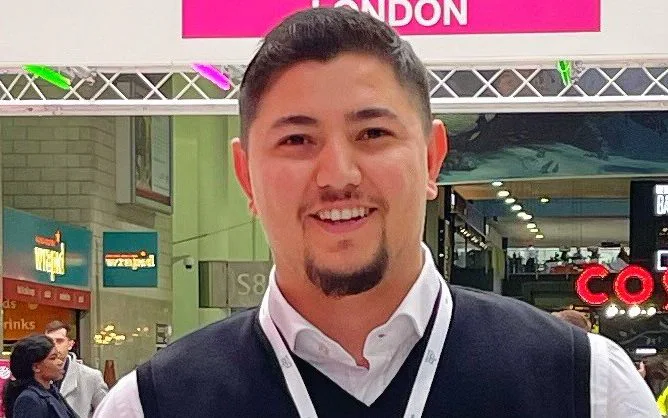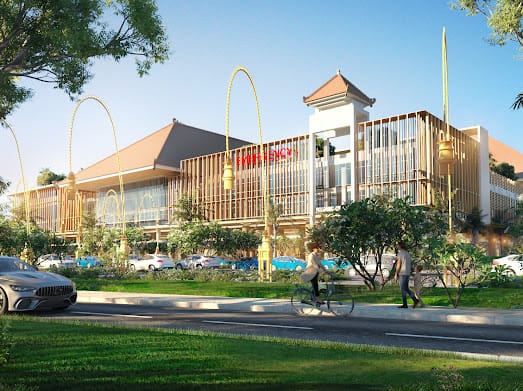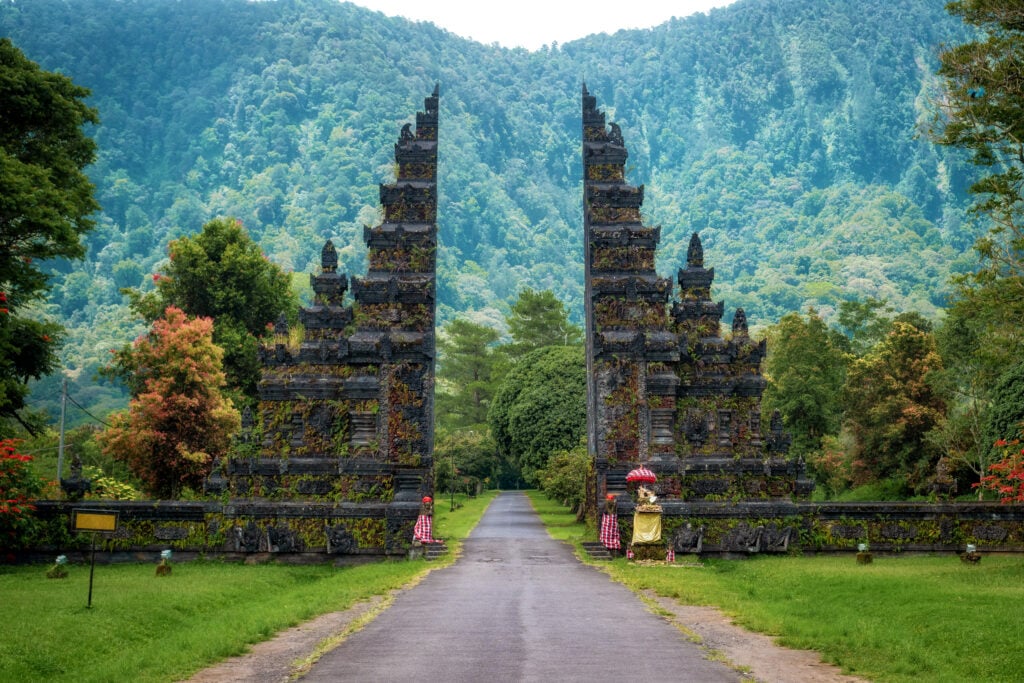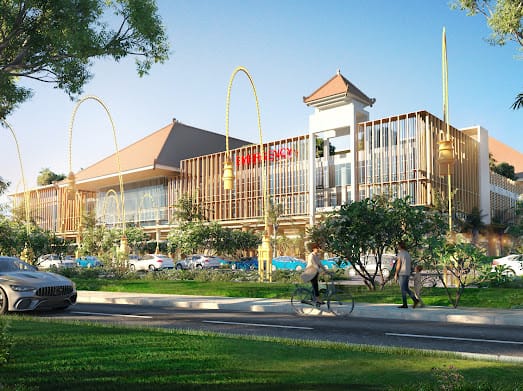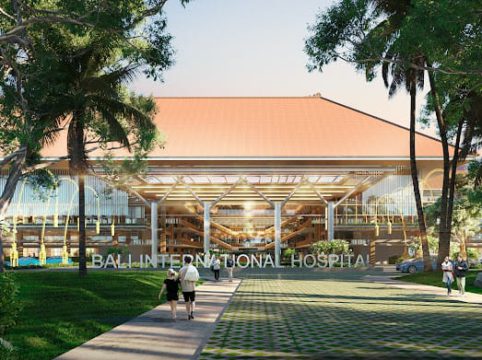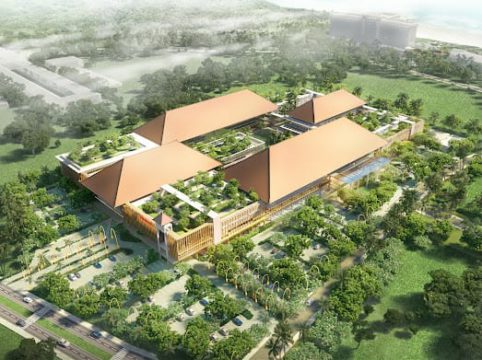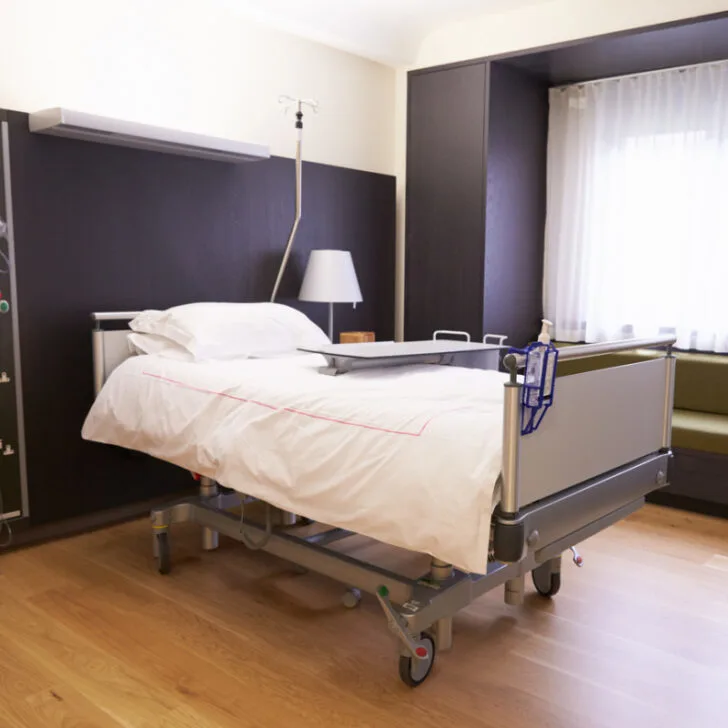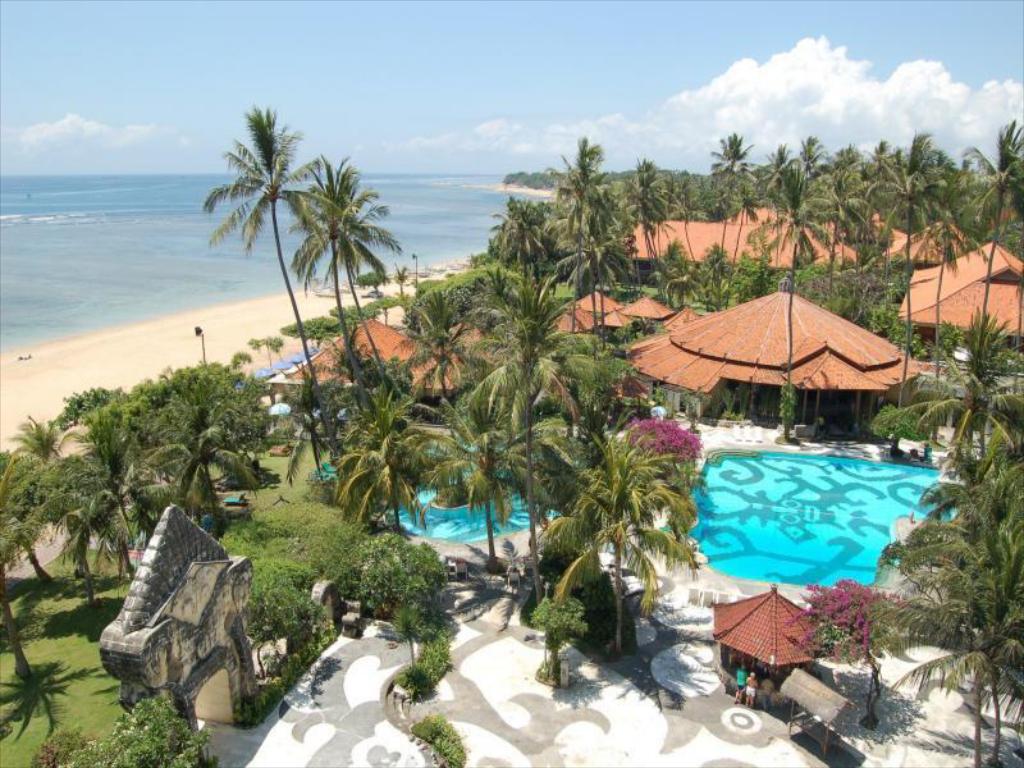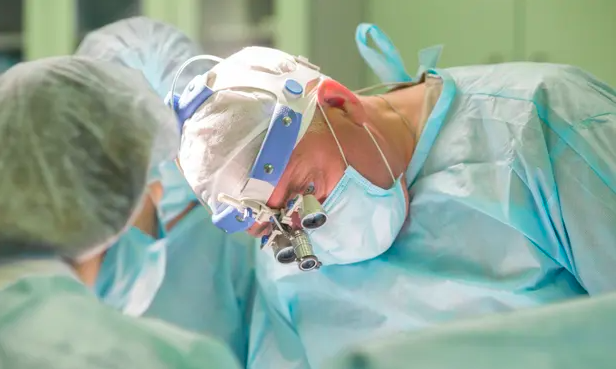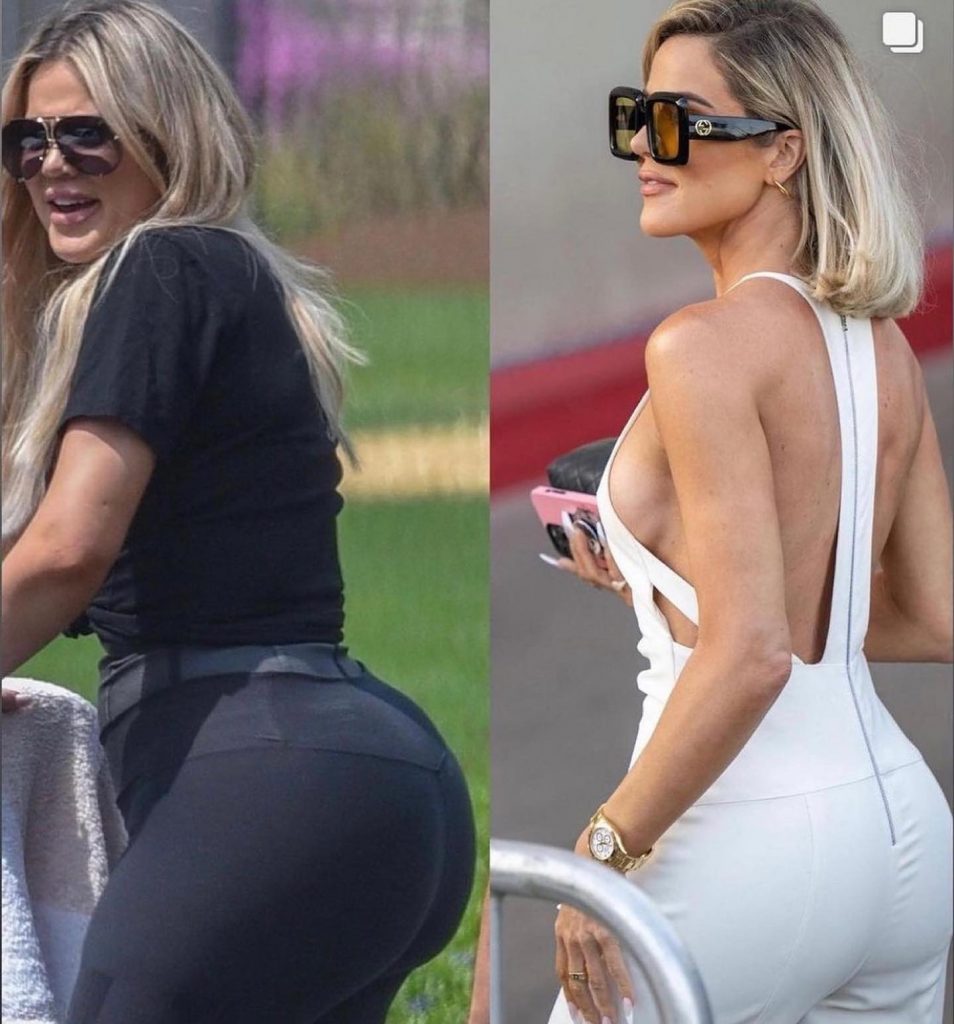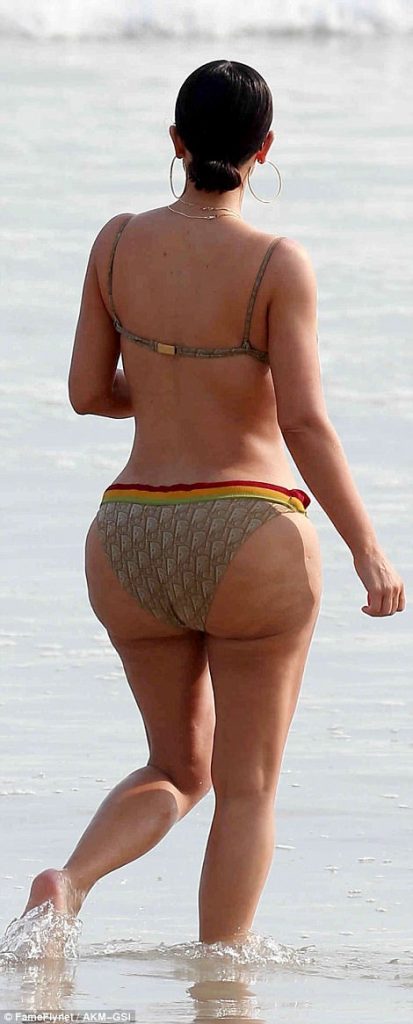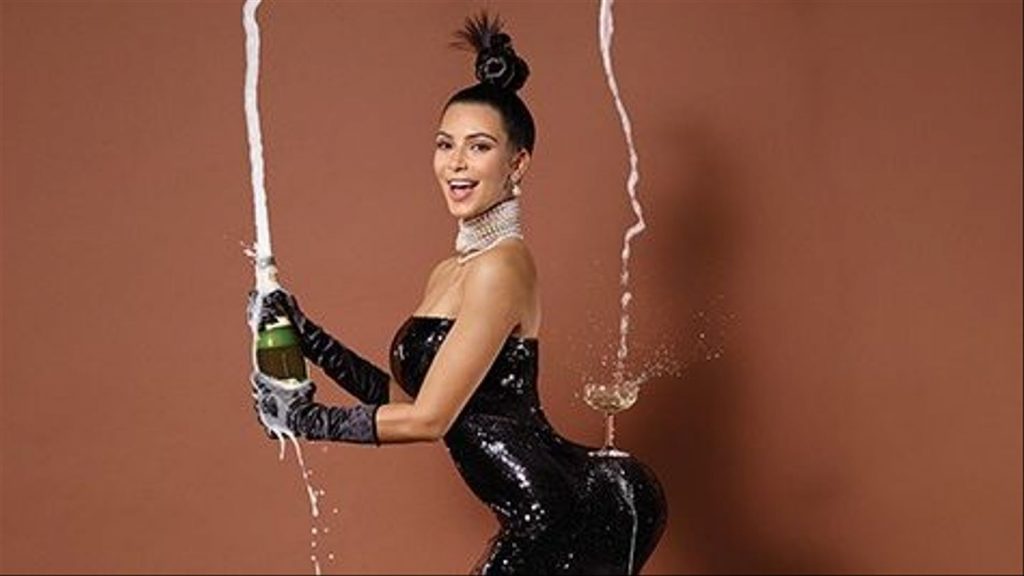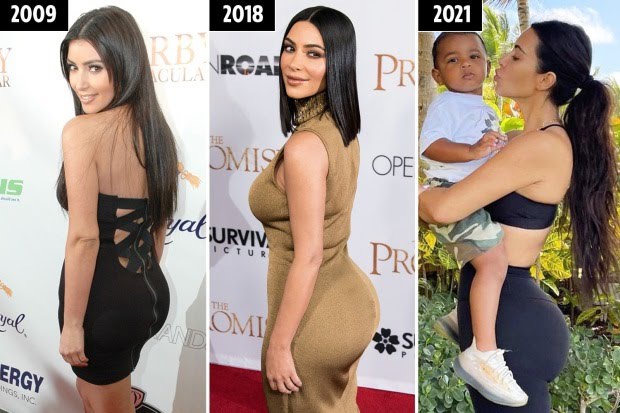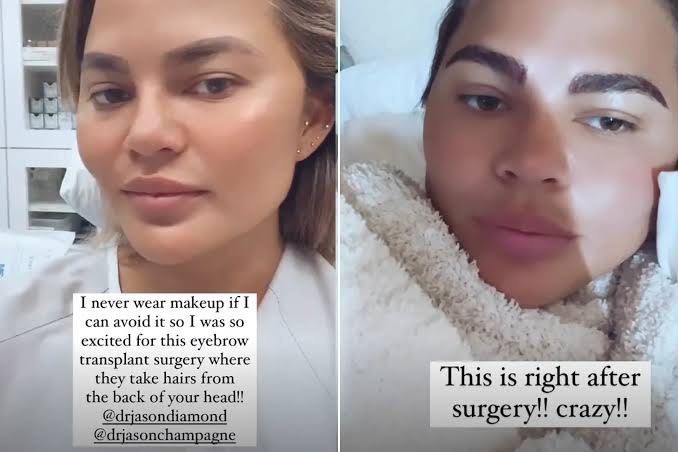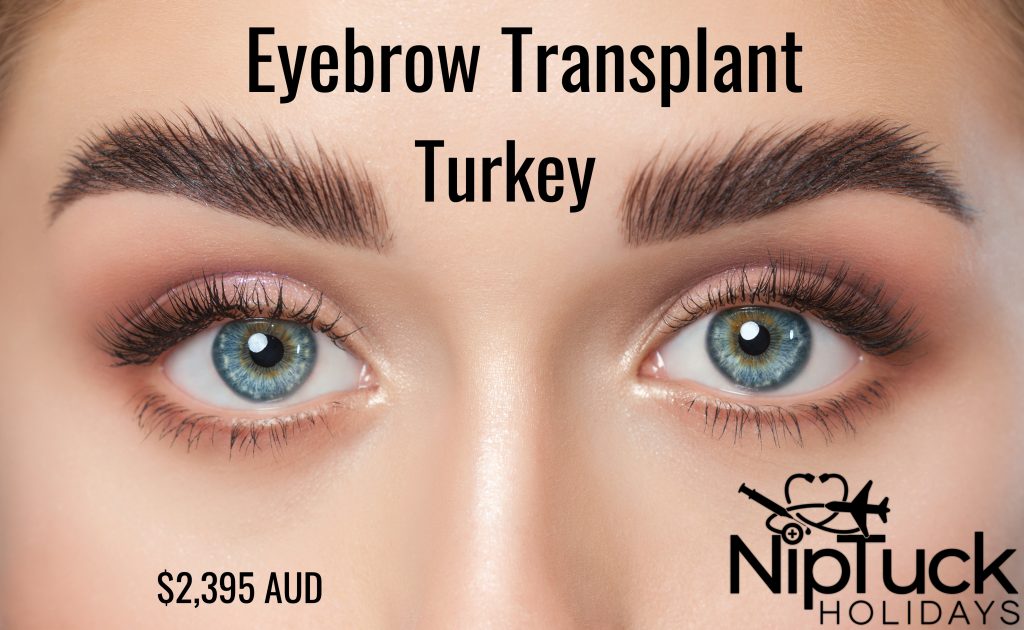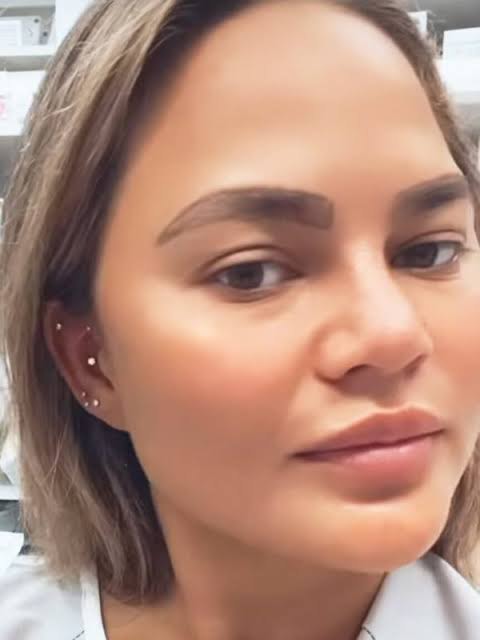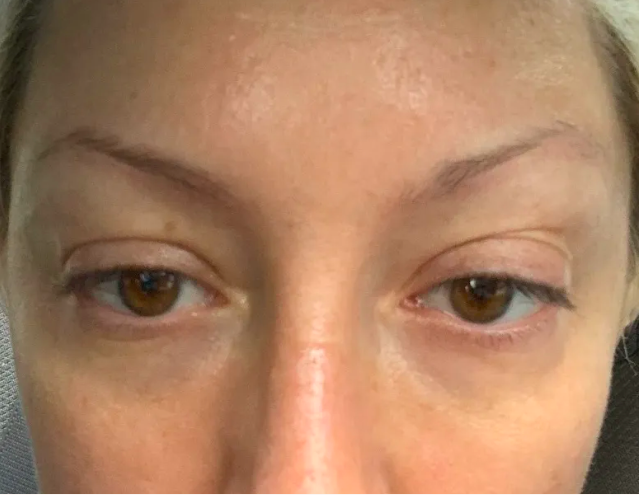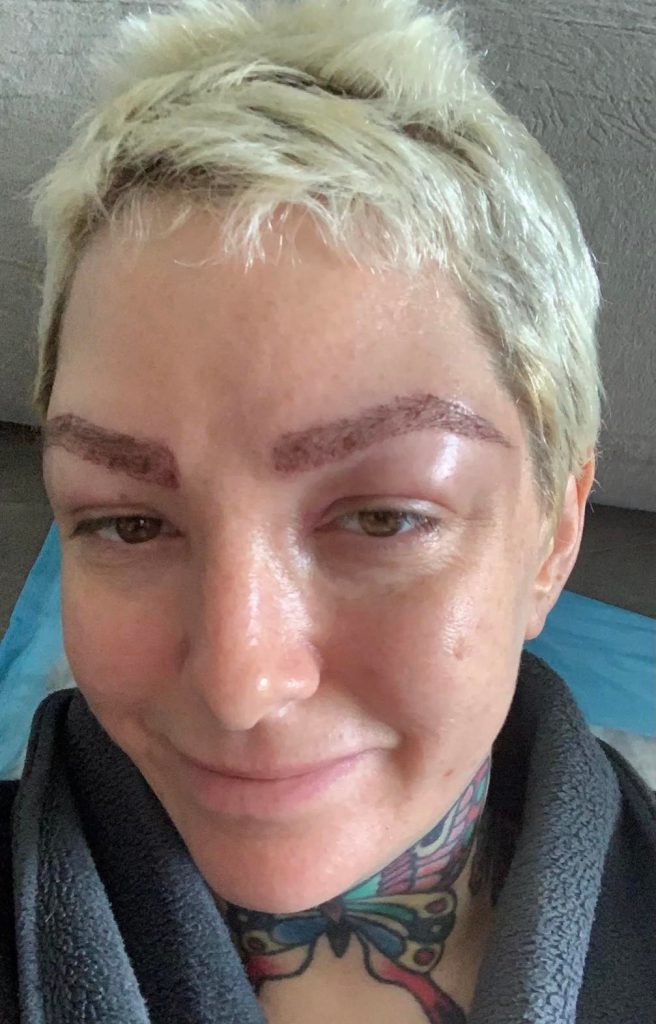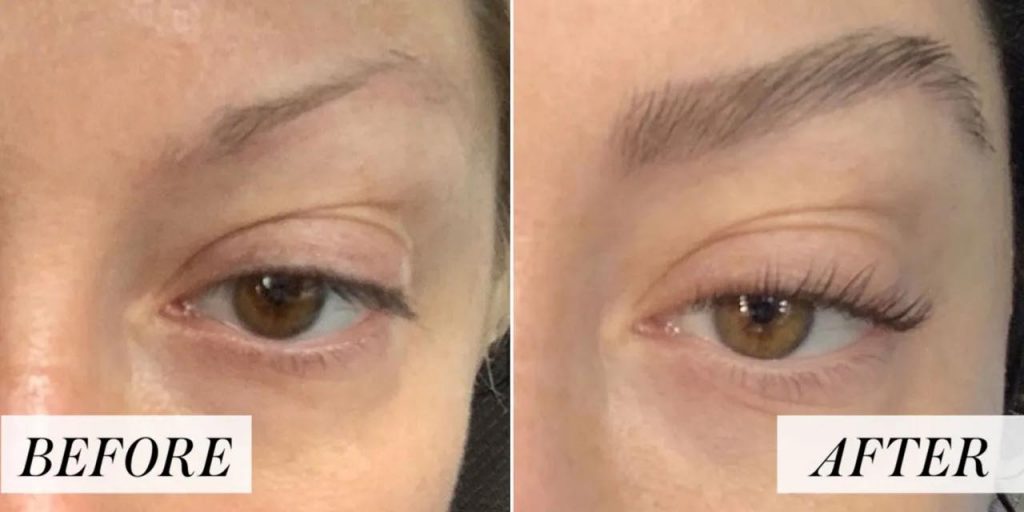GRAND OPENING “LAGUNA WELLNESS by BDMS PHUKET”
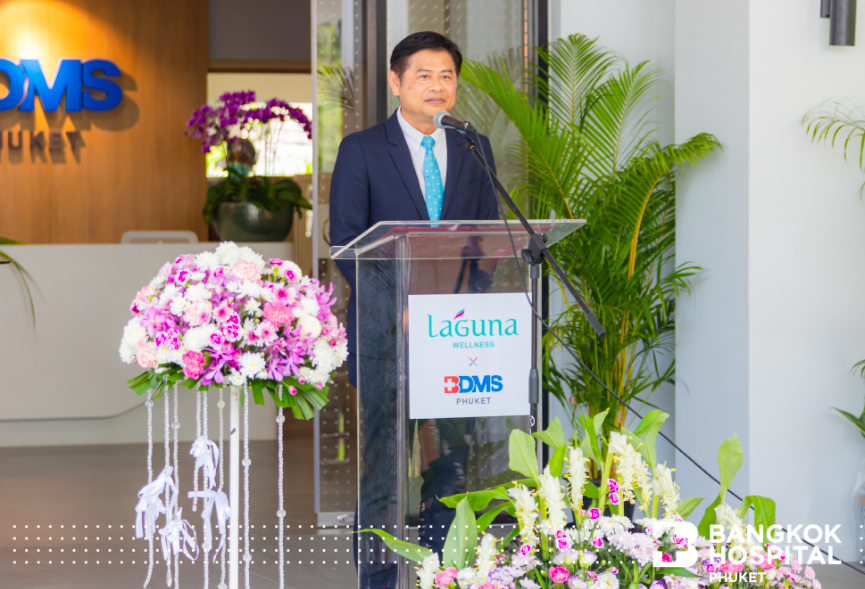
Dr. Narongrit Havarungsi, Deputy Chief Executive Officer of BDMS Group 6 and Hospital Director of Bangkok Hospital Phuket, along with BDMS Group 6 management and Mr. Ho Kwon Ping, Executive Chairman & Founder of the Banyan Tree Group has officially opened “Laguna Wellness by BDMS Phuket” in the presence of distinguished guests and press members.
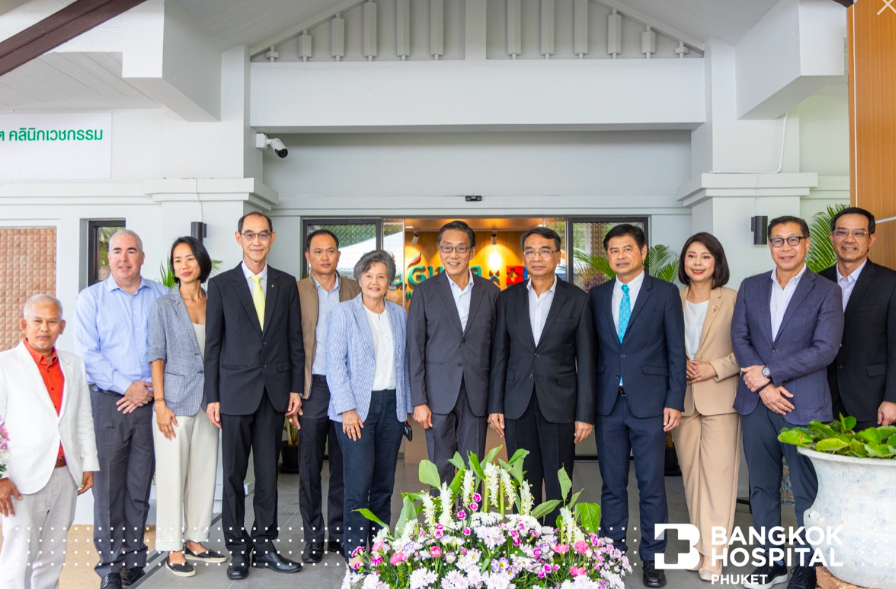
The new facility offers a wide range of healthcare services and holistic personalized wellness solutions, including preventive healthcare and screening, cutting-edge regenerative medicine, further underpinning Phuket as a premium wellness hub in the region for local and international clientele.
Phuket Vice Governor Danai Sunantharod presided over the grand opening ceremony on 12 June 2023.
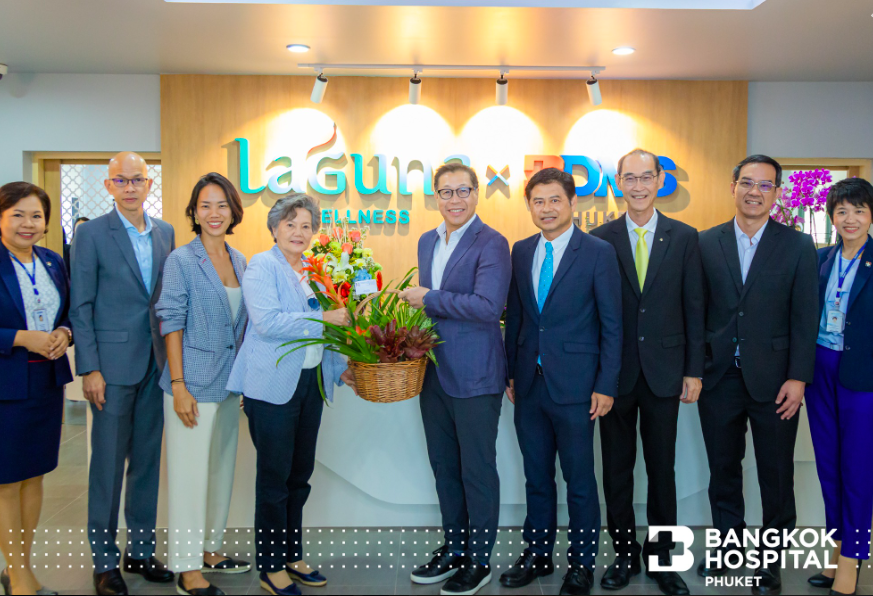
The new medical and wellness facility Laguna Phuket, is Asia’s premier integrated destination, and owned by Bangkok Dusit Medical Services (BDMS), the most prestigious private hospital network in the Asia-Pacific region, formally signed a memorandum of understanding on 11 August 2022 outlining the plans to develop a world-class medical and wellness centre within Laguna Phuket.

Scheduled to open early next year, Laguna Wellness by BDMS Phuket will complement the destination’s collection of hotels, resorts, residences and spas along with a golf course and recreational facilities. The new facility will be situated at the heart of Laguna Phuket in the retail and community services hub of Canal Village and will offer residents and medical tourists healthcare and wellness support, including world-leading regenerative medicine, rehabilitation and preventive cardiology services.
Unprecedented in its scale and scope, the new facility will position Laguna Phuket as a premium medical tourism hub in the region, as well as giving the Laguna Phuket residents access to the latest medical technology and the expertise of world-class medical professionals.
“We are delighted to announce this expansion of our long-standing partnership with BDMS. Since the formation of Laguna Phuket over 30 years ago, our on-site emergency clinic operated by BDMS has been integral to the Laguna Phuket lifestyle.
We are very excited to build on it to offer tourists and residents alike access to a world-class medical and wellness facility,” said Mr. Ravi Chandran, CEO of Laguna Resorts & Hotels. “This development will be a game-changer and further cement Laguna Phuket’s reputation as Thailand’s leading integrated destination for tourism and residential lifestyle offerings.”
“BDMS Phuket is very keen to put efforts in the project in the Laguna Wellness by BDMS Phuket as it would align with Phuket’s Strategy as Medical & Wellness Destination. We will also collaborate with BDMS Wellness Clinic, our pioneer model based in Bangkok, for their wellness and regenerative expertise” said Dr. Narinatara.
The services planned by BDMS include regenerative medicine, preventive cardiology, sport medicine, rehabilitation, aesthetic, dermatology and mental health.
*Stay tuned for more information about Laguna Phuket and the upcoming Laguna Wellness by BDMS Phuket.
